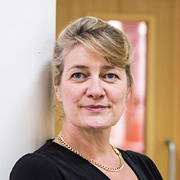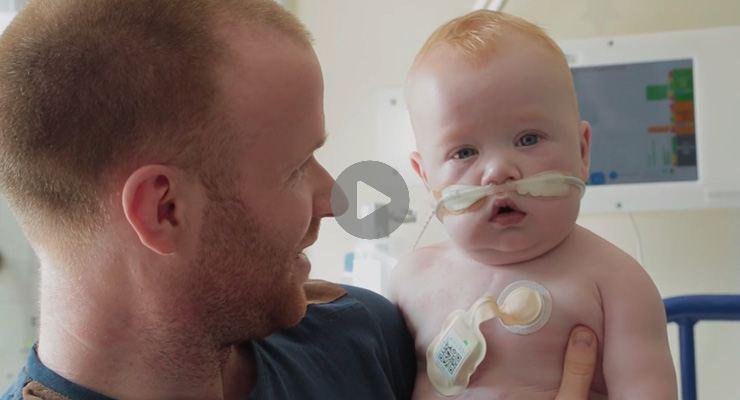“I genuinely believe this will change the way we care for patients.”
Dr Heather Duncan
Of the 1.5 million children admitted to UK hospitals every year; 3,000 die and 650 suffer cardiac arrests. Most have signs that indicate deterioration before the life-threatening event, however, these deteriorations can often be missed.
Birmingham Women’s and Children’s NHS Foundation Trust has deployed the Patient Status Engine (PSE) in two paediatric cardiology wards to capture over 100,000 hours of continuous vital signs data as the training set for the RAPID Index, a new AI predictive indicator for paediatric patients. Both self-learning and personalised, the RAPID Index (RI) overcomes the shortcomings of threshold-based PEWS scores and supports clinical teams by learning a baseline physiological “phenotype” for each patient and alerting when deleterious changes are detected. The PSE not only provides real-time, remote access to patients’ vital signs but also delivers the smart RI exception alerts to the nurse call system.

“This technology allows us to analyse more patients’ data in real-time. The ability to track and identify deterioration towards a cardiac arrest will give doctors the chance to save the patient’s life. I genuinely believe this will change the way we care for patients in hospital.”
Dr Heather Duncan, Paediatric Intensive Care Consultant
RAPID Project Lead, Birmingham Women’s and Children’s NHS Foundation Trust
Initial and expected outcomes of the RAPID project at the Birmingham Women’s and Children’s NHS Foundation Trust
Successful large-scale
deployment of wireless monitoring of more than 1,400 paediatric patients
Accurate detection of deterioration
The Rapid Index provides a higher sensitivity response compared to PEWS
Reduced waiting lists
Cutting the number of adverse events enables increased patient throughput
Children prefer to be mobile
so they can interact with their families, eat, go to the playroom or toilet, and simply, feel free
All wireless PSE
means patients and nursing staff are liberated from the tyranny of monitoring cables and wires
Increased hospital capacity
to meet growing demand for specialised paediatric care as patients can be discharged earlier
Let us help you find what you’re looking for…
















